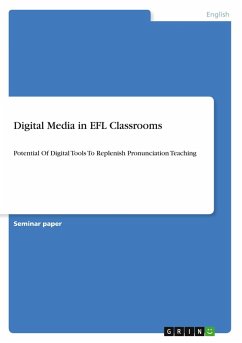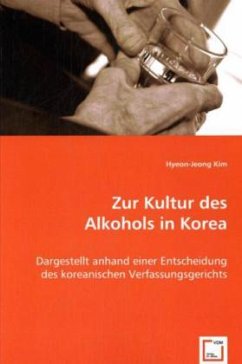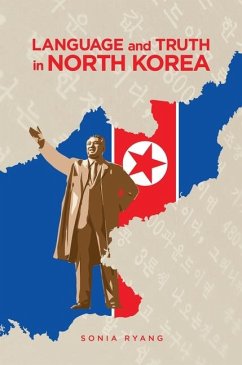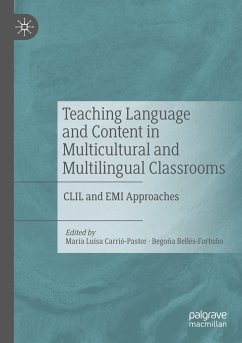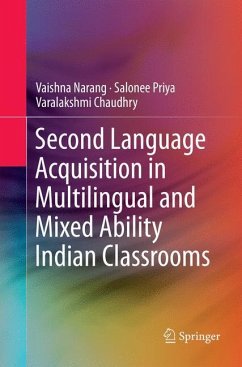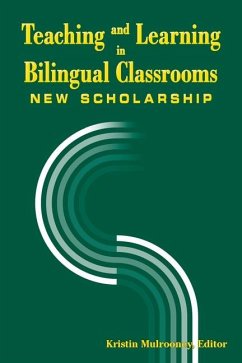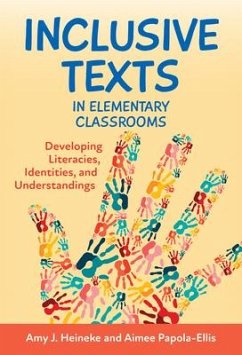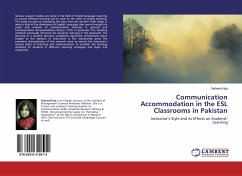
Exploring EFL Reading Instruction in High School Classrooms in Korea
The Pedagogic Life of the Grammar Translation Method
Versandkostenfrei!
Versandfertig in 6-10 Tagen
52,99 €
inkl. MwSt.

PAYBACK Punkte
26 °P sammeln!
Despite the prevalence and longevity of the Grammar Translation Method (GTM) in EFL contexts, there exists little empirical research on it. This study explores how the method is used by Korean high school teachers in EFL reading instruction, and specifically, why this method is used. To characterize GTM, the lessons of 22 teachers in the process of covering the reading text were observed, and analyzed. It was noted that while translating the text, some teachers reviewed a considerable number of words and phrases, in addition to points of grammar. Further, since all teachers conducted their les...
Despite the prevalence and longevity of the Grammar Translation Method (GTM) in EFL contexts, there exists little empirical research on it. This study explores how the method is used by Korean high school teachers in EFL reading instruction, and specifically, why this method is used. To characterize GTM, the lessons of 22 teachers in the process of covering the reading text were observed, and analyzed. It was noted that while translating the text, some teachers reviewed a considerable number of words and phrases, in addition to points of grammar. Further, since all teachers conducted their lessons in a teacher-fronted manner, it was concluded that GTM has four dimensions: G (grammar), V (vocabulary), T (translation), and M (teacher- fronted manner of instruction). Interviews conducted with teachers identified a range of themes that explain three (G, T, and M) of the four dimensions of GTM. This study should be useful to anyone interested in understanding what is happening in the secondary level EFL classrooms. It will also help to enhance the reflection of non-native language teachers using GTM in their EFL reading instruction.




